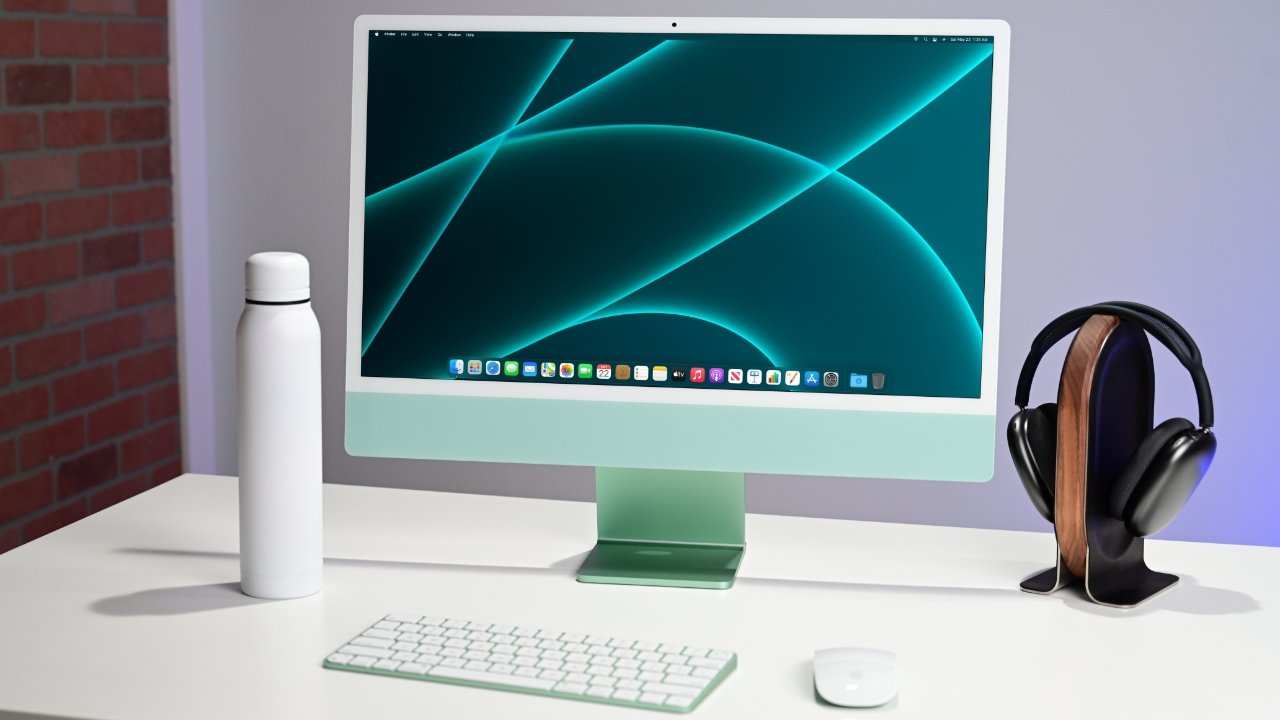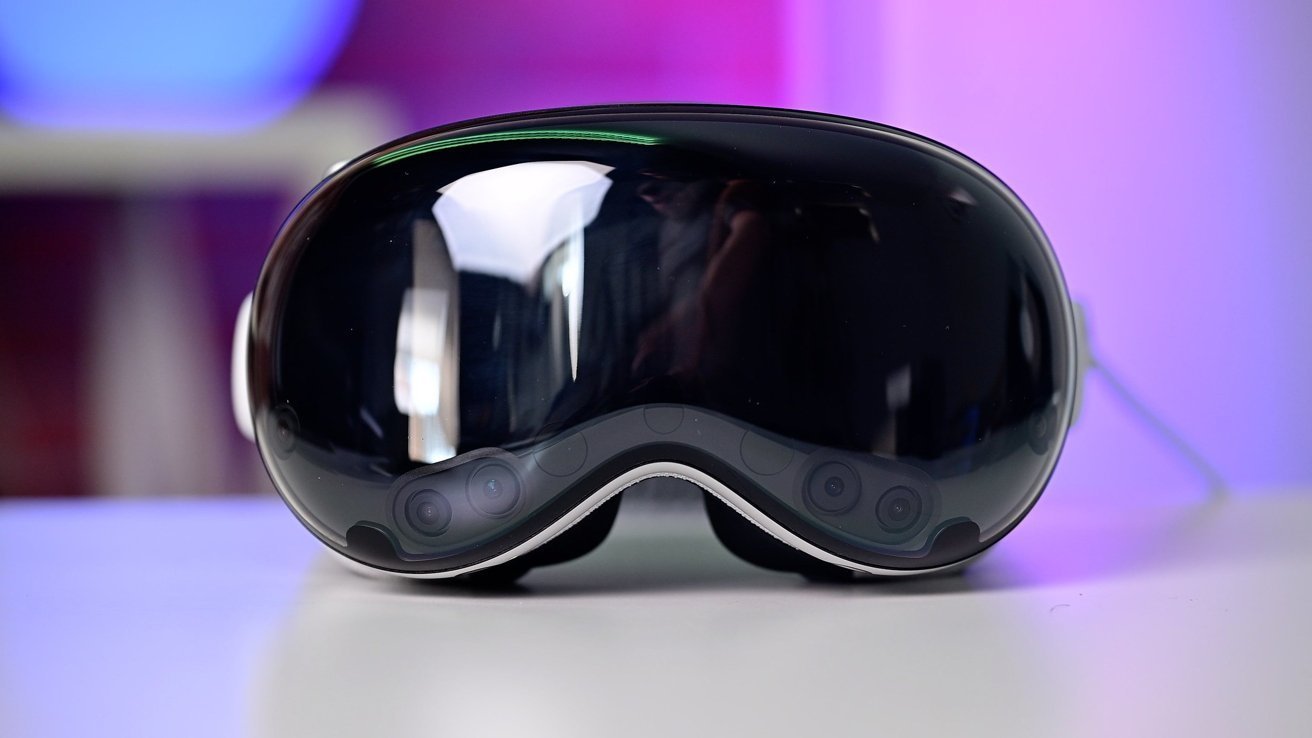Apple launched the Pro Display XDR back in 2019 for a hefty $4,999, with no stand included and an optional stand priced at $999. Since then, despite advancements in screen tech, Apple hasn’t updated this model. But whispers and leaks suggest they’re preparing something new.
Apple’s Own Chip
In 2022, Apple introduced the Studio Display, which stood out because it was powered by the A13 Bionic chip. This chip allowed for features like Center Stage and spatial audio. The original Pro Display XDR, being older, doesn’t have this advantage. However, there’s talk from Bloomberg that Apple’s next high-end monitor might include its own silicon, reducing its dependency on the connected computer for performance.
If these rumors from 2022 are still on track, the upcoming Pro Display XDR 2 might boast an Apple Silicon chip, potentially adding features like a built-in camera and speakers.
Quantum-Dot Tech
Display expert Ross Young has hinted that Apple could shift to quantum-dot technology for the next Pro Display XDR, similar to what’s seen in the new MacBook Pro. Quantum-dot films could replace older tech in Apple products, enhancing color and brightness. It’s not confirmed if this means a switch to mini-LED, but it’s expected to improve the display’s quality.
Other Expectations
Analyst Ming-Chi Kuo in 2023 suggested Apple might launch a 27-inch mini LED display in 2025. While this might not directly relate to the Pro Display XDR due to size differences, it shows Apple’s interest in high-end displays. Additionally, there’s talk of a 7K resolution display, which could be a future option for the Pro Display.
When Will It Come Out?
Ross Young has speculated that the Pro Display XDR 2 could see the light of day towards the end of 2025 or early 2026. However, according to Mark Gurman’s newsletter, this isn’t a top priority for Apple, given the niche market for such a costly monitor.
In conclusion, while the Pro Display XDR has been static for years, the future looks bright with potential upgrades in technology and features, though exact details and timelines remain under wraps.




